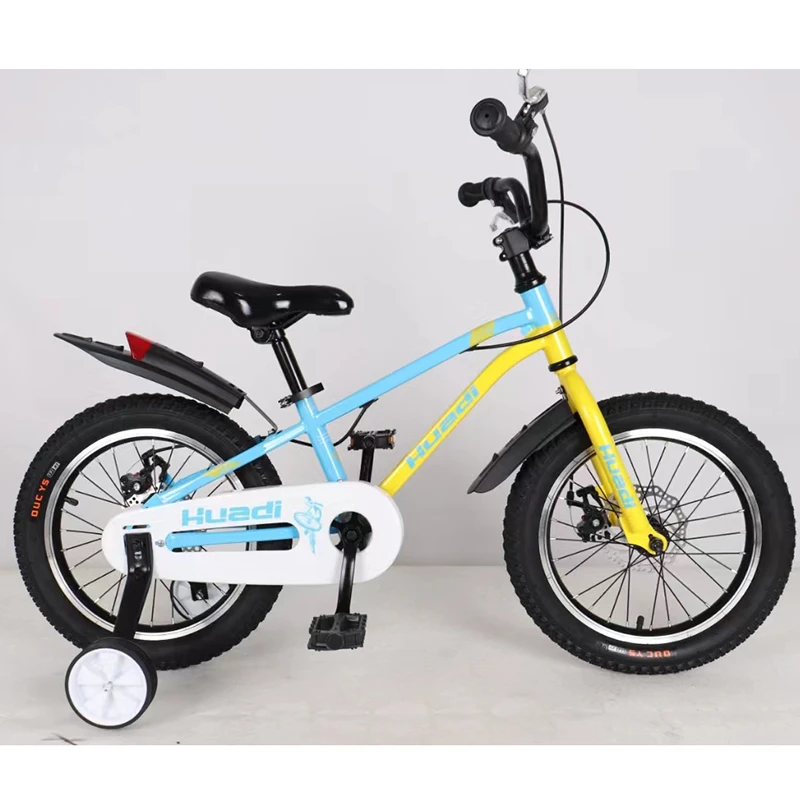balance bike for children
The Benefits of Balance Bikes for Children
In recent years, balance bikes have gained immense popularity among parents and children alike as an essential tool for early childhood development in cycling. These simple two-wheeled bicycles, designed without pedals, allow children as young as two years old to learn the foundational skills of balancing, steering, and coordination before transitioning to traditional bicycles. With the increasing emphasis on outdoor play and physical activity, the balance bike has emerged as a valuable addition to a child's growth. This article will explore the benefits of balance bikes and their impact on children's physical and social development.
Understanding Balance Bikes
Balance bikes, also known as run bikes or push bikes, are lightweight bicycles that encourage children to propel themselves by using their feet. Unlike training wheels, these bikes require kids to use their core and leg muscles to maintain balance while gliding. The absence of pedals enables young riders to focus entirely on balancing without the distraction of pedaling, which can often lead to frustration. This design makes balance bikes a safe and effective starting point for kids who are just beginning their cycling journey.
Physical Development
One of the most significant benefits of balance bikes is their contribution to physical development. Riding a balance bike helps children enhance their gross motor skills as they learn to coordinate their movements. The act of pushing off the ground and using their feet to steer teaches them about body control, allowing for improved balance and coordination over time. These skills are not only crucial for cycling but also lay a foundation for other physical activities such as running, jumping, and climbing.
Furthermore, balance bikes promote cardiovascular fitness. As children ride, they engage in physical exercise that helps build stamina and strength. This early introduction to physical activity can instill a lifelong love for outdoor play and sports, reducing the likelihood of sedentary behavior as they grow older.
Confidence Building
Learning to ride a balance bike can also have a profound impact on a child's confidence. As they master the skills of balance and control, they experience a sense of accomplishment, which encourages them to take on new challenges. This boost in self-esteem can benefit other areas of their lives, including school and social interactions.
balance bike for children

Parents often report that children who learn to ride balance bikes are more likely to transition to traditional bicycles with ease. By the time they are ready to ride a pedal bike, they already possess the necessary balance and coordination skills. This smooth transition can lead to a more enjoyable cycling experience, further reinforcing a child's confidence in their abilities.
Social Skills Development
Balance biking is not just an individual activity; it can also serve as a social medium through which children develop important social skills. Riding together with peers or family members creates opportunities for teamwork, sharing, and communication. Kids learn to take turns, follow rules, and respect each other's space, fostering a sense of camaraderie and friendship.
Group outings, such as biking in parks or participating in local biking events, provide additional avenues for children to socialize and engage with their community. These experiences can be instrumental in developing social skills that will benefit them throughout their lives.
Parent-Child Bonding
Lastly, balance biking can enhance the bond between parents and children. As parents join their children in learning to ride, it provides a unique opportunity for quality time spent together. Parents can guide, motivate, and celebrate their child's achievements, creating lasting memories. This shared experience not only strengthens the parent-child relationship but also sets the stage for mutual encouragement in other areas of life.
Conclusion
In conclusion, balance bikes are a remarkable tool for fostering children's physical, emotional, and social development. They provide a safe and effective way for young riders to learn essential skills while promoting physical fitness and confidence. As children engage with their peers and parents through balance biking, they open themselves up to a world of play, exercise, and connection that is vital in today’s digital age. With all the benefits they offer, it's no wonder that balance bikes have become a staple in homes with young children. Investing in a balance bike is not just about learning to ride; it's about giving children the skills, confidence, and joy that come with cycling in the great outdoors.
-
Three-Wheel Light-Up Scooter Benefits for KidsNewsJul.11,2025
-
The Importance of Helmet Safety When Using a Kids ScooterNewsJul.11,2025
-
Nurturing Early Mobility with an Infant ScooterNewsJul.11,2025
-
How to Choose the Safest Tricycle for KidsNewsJul.11,2025
-
Fixing a Squeaky Baby Push Tricycle in MinutesNewsJul.11,2025
-
Cleaning and Maintaining a Tricycle for Big KidNewsJul.11,2025
-
Unleash Fun and Safety with Our Premium Kids Scooter CollectionNewsJun.06,2025








